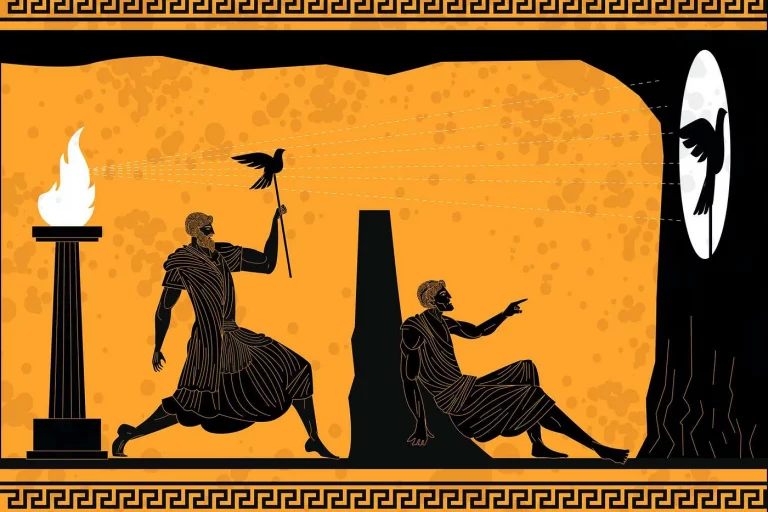The last-mile problem: How data science and behavioral science can work together

Analytics is typically discussed in terms of computer technology, machine learning algorithms, and big data. Behavioral nudges, on the other hand, concern human psychology. What do they have in common? Quite a bit, says James Guszcza, US chief data scientist for Deloitte Consulting LLP.
“Business analytics and the science of behavioral nudges can each be viewed as different types of responses to the increasingly commonplace observation that people are predictably irrational.
Predictive analytics is most often about providing tools that correct for mental biases, analogous to eyeglasses correcting for myopic vision. In the private sector, this enables analytically sophisticated competitors to grow profitably in the inefficient markets that exist thanks to abiding cultures of biased decision making in business. In government and health care, predictive models enable professionals to serve the public more economically and effectively.
The “behavioral insights†movement is based on a complementary idea: Rather than try to equip people to be more “rational,†we can look for opportunities to design their choice environments in ways that comport with, rather than confound, the actual psychology of decision making.”



